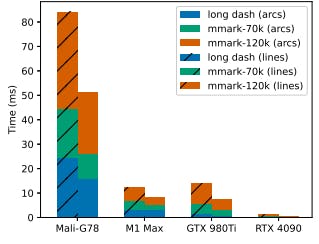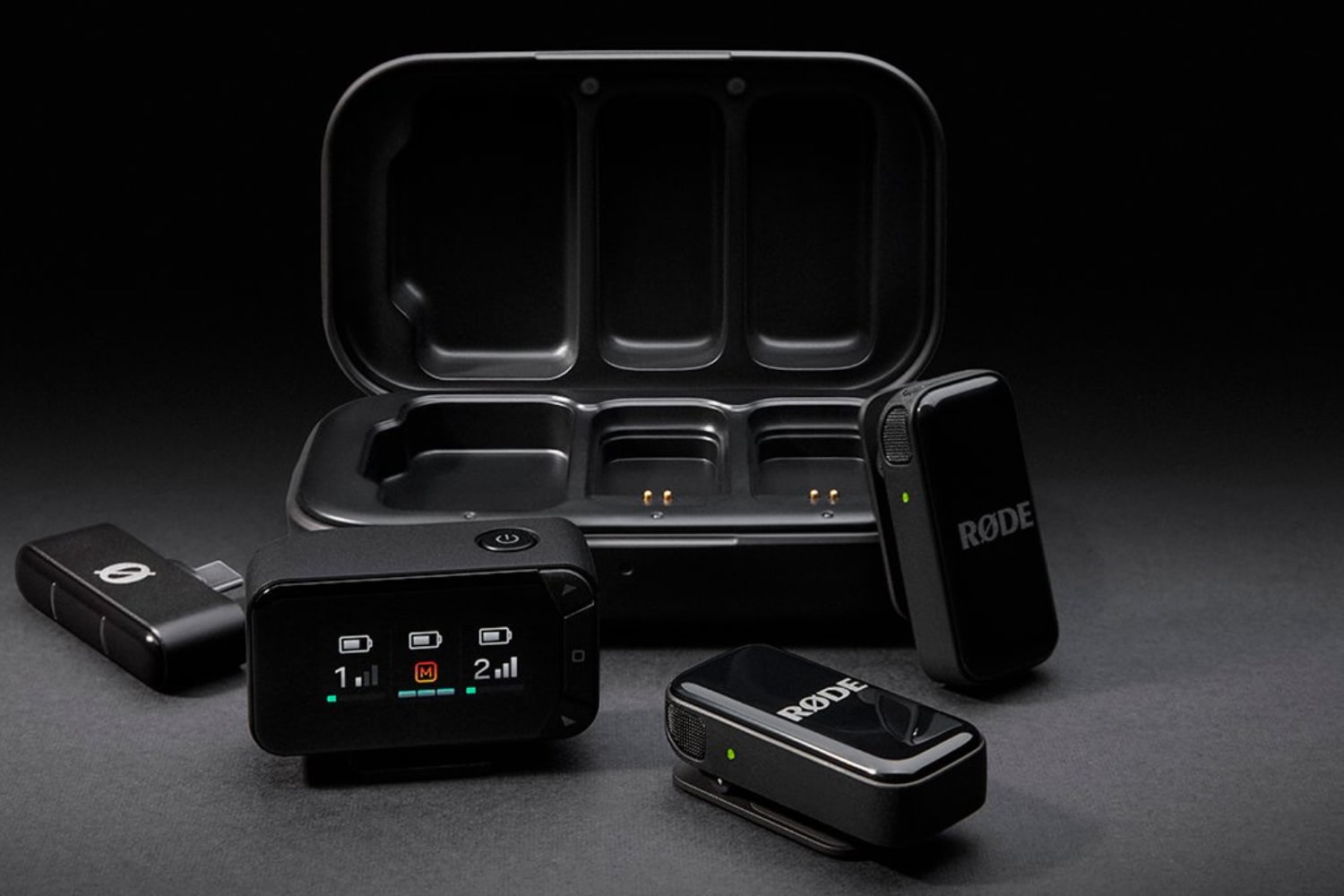Hidden in the bowels of the Complutense University of Madrid, half a thousand plastinated animals with congenital anomalies wait patiently for time, lack of funds and laziness to send them to a lost warehouse by the hand of God.
More than 25 years of work that are about to be lost.
A very very strange place. As Manuel Ansede told in El País, Nieves Martín and Luis Avedillo (two researchers from the Faculty of Veterinary Medicine at the UCM) have been collecting all types of animals with malformations for a quarter of a century. However, the lack of funds and the increasingly demanding requirements requested by the administration mean that the collection is on the verge of closing.
The denial of the latest subsidies (of barely 23,000 euros) makes the situation begin to be unsustainable.
And it is something very useful. Animal and human malformations are highly comparable, making the 500 specimens a very interesting resource for teratology, embryology and fetal medicine. We must not forget that, according to the WHO, each year around 240,000 neonatal deaths are due to these types of problems and, despite all the progress we have made, we know too little.
In fact, that denied grant of 23,000 sought to turn the collection into a reference center for these topics and develop a “malformopedia” that would complete the wonderful work that, for decades, the people of the Spanish Collaborative Study of Genetic Maformations coordinated by the Carlos III Health Institute have done.
Is it really a problem? At the end of the day, without a stable and well-stocked repository, what we are losing is comparative material to study in depth embryological hypotheses and the mechanisms behind birth defects. We lose the ability to go further.
Perhaps the best example is public health. By successfully integrating cases of congenital malformations (especially those in pigs) with human surveillance, we could accelerate the identification of signals about environmental or teratogenic exposures (and improve clinical guidelines).
It is not an isolated event. And that’s the worst. The Olavide Museum (historical collection of ‘moulages’ – dermatological waxes) or the long-awaited Cajal Museum (which never quite came to fruition) are clear examples of the problems that Spanish scientific heritage has.
While the Vrolik museum in Amsterdam or the Mütter in Philadelphia lead the international conversation in teratology, genetic research and the most recent ethical debates, Spain is unable to find 23,000 euros to adapt the facilities of its reference collection to current regulations.
It is still a metaphor for the state of science in the country.
Image | Philippe Wagner












